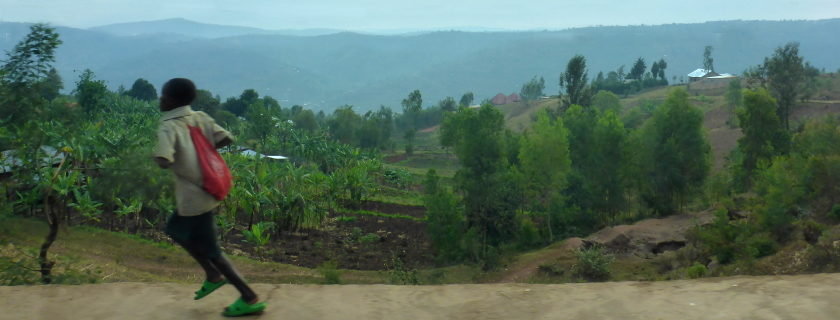An ambitious forest restauration plan in Rwanda has been kicked-off by Nemus
The Mayaga region is a low altitude, agro-ecological zone in Rwanda, spreading throughout 263.000 ha, 555 ha of which are covered by scattered patches of indigenous forest, while the remaining area is mainly used for agriculture, which is the main economical activity in the region. Besides the agricultural lands and natural forests, there are also forest plantations to produce wood fuel for energy generation.
In what concerns natural landcover, the remaining relevant areas of natural forests are located within natural reserves and the Mayaga landscape also hosts one of the most important rivers of the country (Akanyaru) and its wetlands provide a number of environmental, social and economically important services for the population.
In fact, most of the Mayaga region’s original ecosystems have been severely transformed and currently there is a growing concern that they might be further affected by the slow advance of agriculture towards the remaining natural areas.
Rwanda Environmental Management Authority has decided to set in motion a broad restoration plan for this whole region. The end game of the plan is to assure an increase in carbon stocks in 5.500.000 t CO2 in 20 years and increase the resilience of the agriculture and livelihoods in 96.000 ha. It will also include the participatory forest management of Kibirizi-Muyira and Karama natural forests (354 ha), the rehabilitation of over 1.000 ha of public forests, and many other initiatives, including a strong capacity building programme.
Nemus is kick-starting the implementation of this restoration plan, called “Forest Landscape Restoration in the Mayaga region project”, promoted by the (UNDP) United Nations Development Programme. This first phase of three, is the baseline study and development of indicators and targets for the implementation of the project. Nemus will be collecting data, assessing trends and drivers of change in the territory, plotting geographic information and suggesting a monitoring plan containing robust and useful indicators to follow and measure the future results of the programme, namely concerning: carbon mitigation, forest restoration and improvement in livelihoods.

